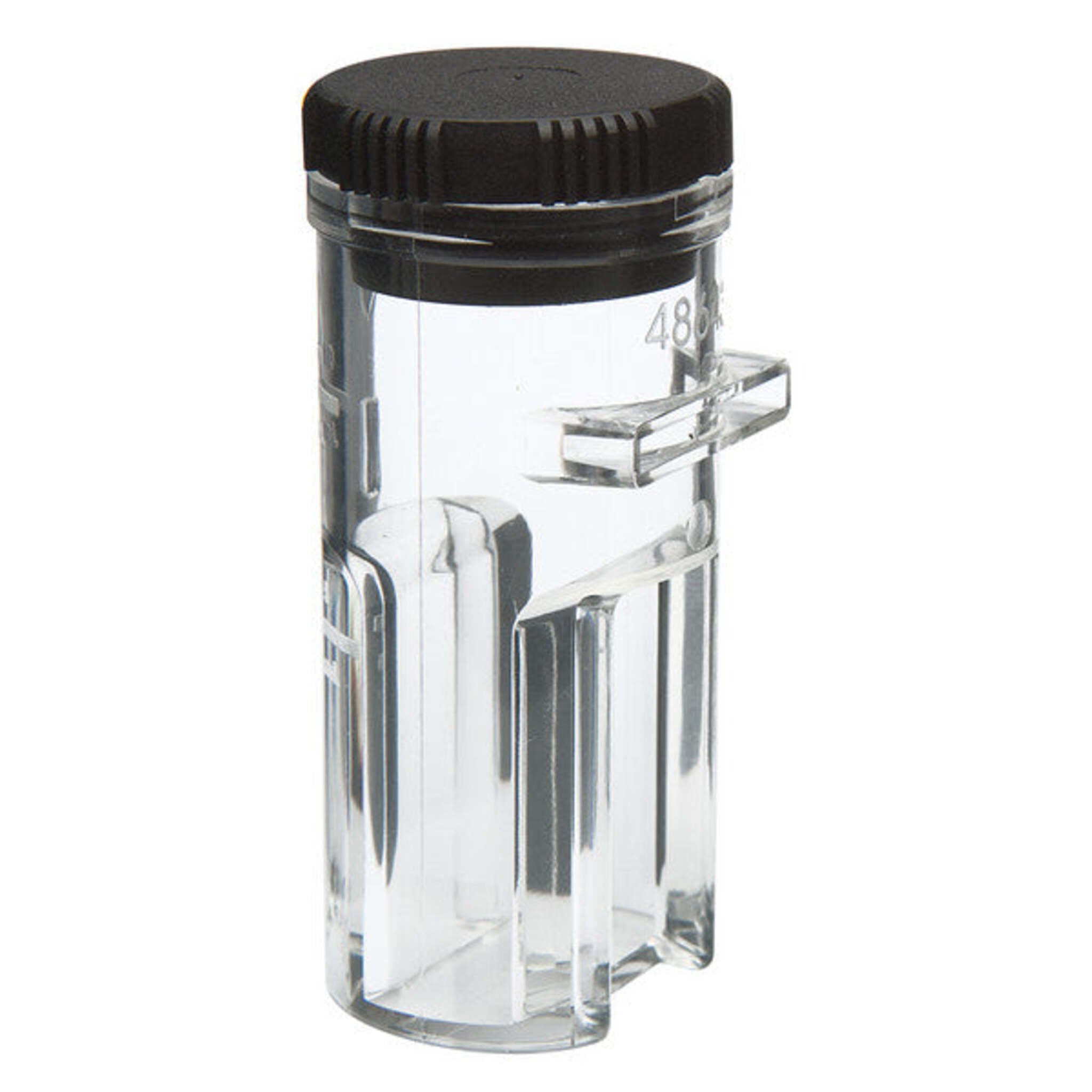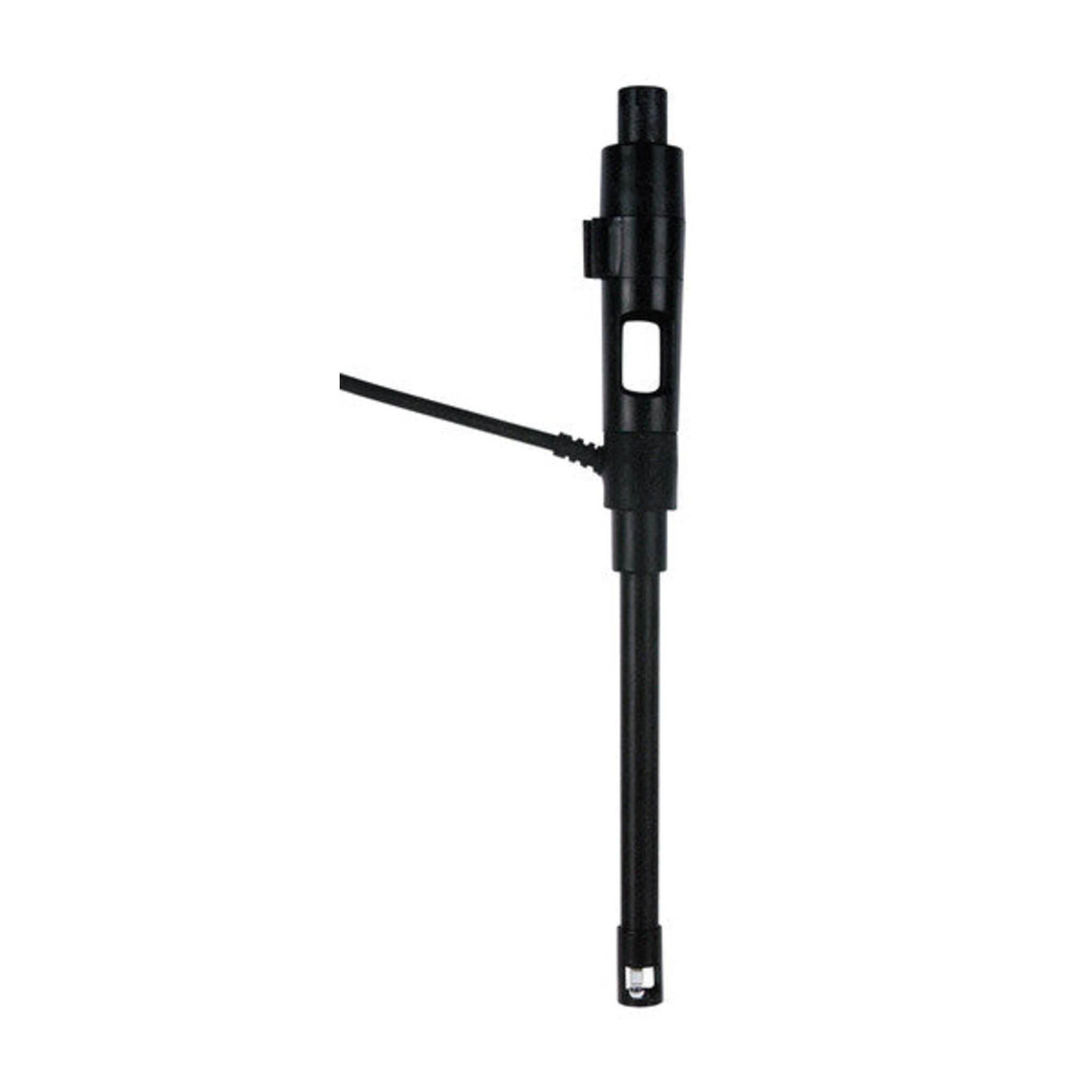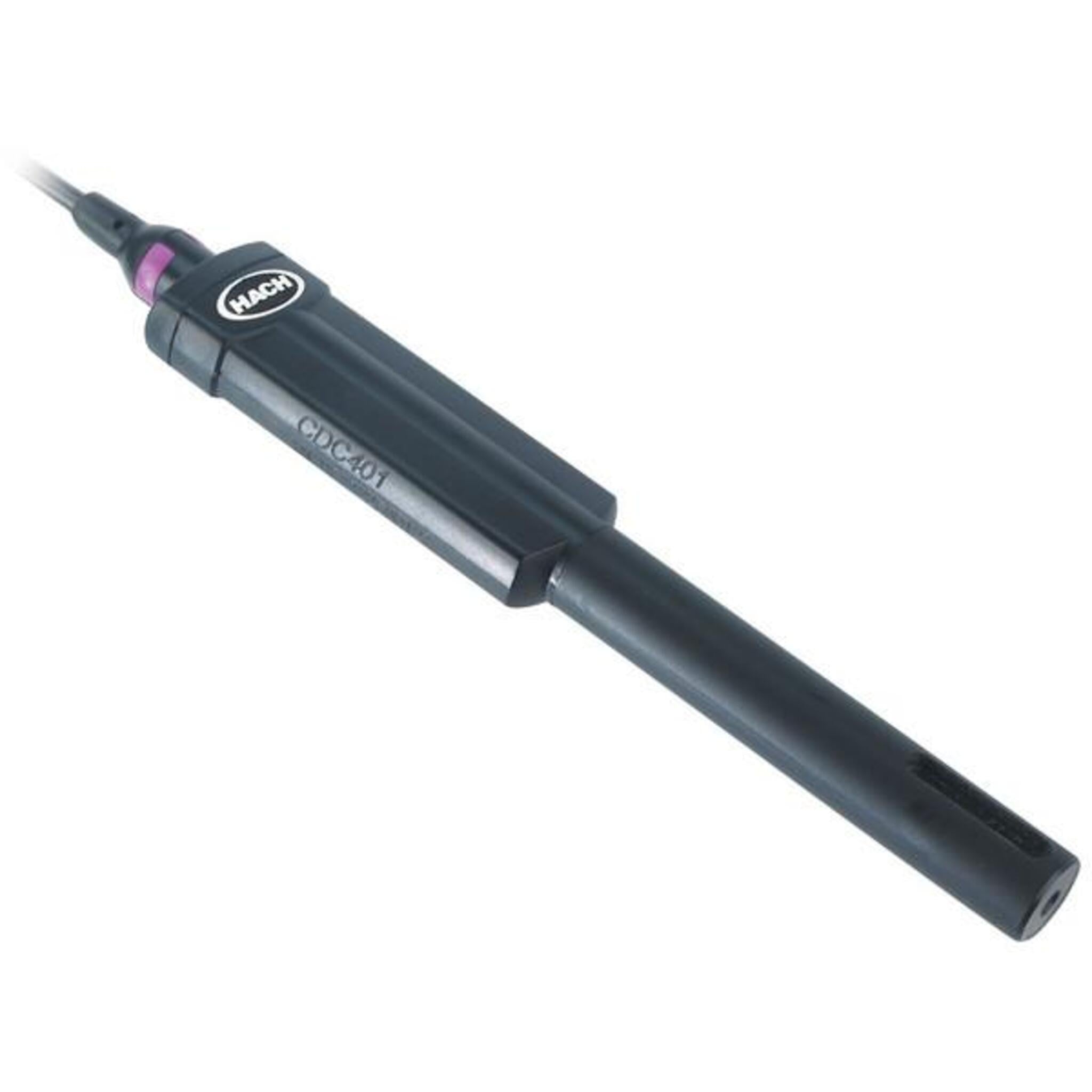Categories
- Shop All (5931)
-
-
- Hi-Vis Chainsaw Safety (14)
- Hi-Vis Coveralls and Overalls (29)
- Hi-Vis Hoodies and Shirts (45)
- Hi-Vis Jackets (40)
- Hi-Vis Pants (22)
- Hi-Vis Rain Wear (48)
- Hi-Vis Vests (54)
- Winter Hi-Vis Bombers and Parkas (26)
- Winter Hi-Vis Coveralls and Overalls (24)
- Winter Hi-Vis Hoodies (4)
- Winter Hi-Vis Pants (4)
- Winter Hi-Vis Vests (7)
-
- Bib Overalls (11)
- Bombers and Parkas (17)
- Coveralls and Overalls (17)
- Disposable Garments (12)
- Flannel and Plaid Work Shirts (24)
- Heated Work Wear (5)
- Hoodies and Sweaters (12)
- Industrial Rainwear (48)
- Pants and Shorts (70)
- Shirts and Sweaters (39)
- Thermal Underwear (44)
- Vests (18)
- Work Jackets (77)
-
-
-
-
- Brooms (0)
- Dust Mops (0)
- Dust Pans and Brushes (0)
- Flow Thru Tools (2)
- Microfiber Mops (0)
- Pool and Tank Tools (2)
- Scrubbers and Scrapers (1)
- Soap and Sanitizer Dispensers (0)
- Sprayers (3)
- Squeegees (1)
- Toilet Brushes and Plungers (1)
- Trash Cans & Bags (8)
- Wet Floor Signs (0)
- Wet Mops and Buckets (2)
-
- Bars and Prying Tools (22)
- Bolt Cutters and Shears (14)
- Chisels and Punches (12)
- Combination Hand Tool Sets (6)
- Extractors (12)
- Files (6)
- Gear Pullers (14)
- Hammers and Mallets (15)
- Hand Saws (6)
- Hex Keys (10)
- Layout and Distance Lasers (1)
- Marking Tools (1)
- Measuring Tools (24)
- Pliers (45)
- Precision Measuring and Testing Tools (24)
- Propane Torches (8)
- Screwdrivers and Nutdrivers (21)
- Sockets (60)
- Tap and Die Sets (4)
- Tool Boxes (16)
- Utility Knives (17)
- VDE Tools (7)
- Wire Cutters and Strippers (14)
- Wrenches (21)
-
- Beveling and Deburring (17)
- Curb and Valve Keys (19)
- Drilling and Tapping (8)
- Extended Impact Sockets (3)
- Flaring and Rerounding (7)
- General Pipe Working Tools (19)
- Guillotine Pipe Cutters (2)
- Hydrostatic Test Pumps (8)
- Internal Pipe Cutters (6)
- PE Peelers (8)
- Pipe Reamers (4)
- Pipe Threading (15)
- Pipe Wrenches (18)
- Plastic Pipe Joint Kits (2)
- Plastic Pipe Saws (5)
- Power Drive (6)
- Quick Release Cutters (15)
- Ratchet Shears (6)
- Ratcheting Wrenches (9)
- Rotary Cutters (3)
- Shut Off Tools (9)
- Soldering Torches (3)
- Vises (7)
-
- Angle Grinders (6)
- Batteries and Chargers (11)
- Bench Grinders (3)
- Circular Saws (2)
- Combo Tool Kits (10)
- Cordless Fans (6)
- Cordless Lighting (15)
- Cut Off Saws (4)
- Drills and Drivers (8)
- Grease Guns (3)
- Impact Drivers (5)
- Jobsite Radios and Speakers (9)
- Lifestyle (7)
- Mitre Saws (2)
- Reciprocating Saws (4)
-
- Angle Grinder Wheels and Brushes (24)
- Bench Grinder Wheels (7)
- Circular Saw Blades (11)
- Drill and Driver Bits (26)
- High Speed Gas Saw Blades (3)
- Holesaws (11)
- Impact Sockets (23)
- Jig Saw Blades (2)
- Oscillating Multi Tool Blades (1)
- Portable Chop Saw Blades (4)
- Power Tool Storage (5)
- Reciprocating Saw Blades (8)
-
-
-
-
- Air Fresheners (2)
- All Purpose Cleaners (19)
- Bowl and Washroom (8)
- Coffee and Breakroom (21)
- Degreasers (3)
- Dishwashing (4)
- Disinfectants and Sanitizers (1)
- Drain Openers (7)
- Hand Cleaners (15)
- Laundry Cleaners (10)
- Paper Products and Wiper Rags (24)
- Scale Removers (2)
- Urinal Pucks and Liquids (5)
- Wet Wipes (4)
-
-
- Ball Valves (13)
- Black and Galvanized Steel Fittings (16)
- Bronze Pipe Fittings and Nipples (16)
- Butterfly Valves (4)
- Check Valves (10)
- Flexible Connectors (2)
- Gate and Globe Valves (6)
- Knife Gate Valves (9)
- Pipe Fitting Accessories (6)
- Schedule 80 PVC Fittings (31)
- Stainless Steel Fittings and Valves (12)
- Victaulic Grooved Fittings (22)

Water Testing Equipment
74 products
Showing 49 - 72 of 74 products


Water Testing Equipment: An In-depth Overview
The Significance of Water Testing
Water testing is an essential process that ensures the purity and safety of the water we consume, protecting us from potential waterborne diseases.
Role of Water Testing
Through testing, we can identify the presence of harmful substances, pollutants, and imbalances in the vital components of water, thus enabling the prevention of potential health hazards. It also assists in tracking the environmental impacts of industrial and farming activities.
Common Contaminants in Water
The pollutants that can degrade water quality range from bacteria, heavy metals, harmful chemicals to excessive minerals and sediments. Such contaminants can cause a myriad of health problems, rendering the water unsafe for drinking or usage.
Diverse Types of Water Testing Equipment
A variety of water testing equipment is available that measures specific parameters of water.
pH Meters
pH meters are devices used to ascertain the acidity or basicity of water. They are integral in monitoring the health of aquatic ecosystems and ensuring the safety of potable water.
Conductivity Sensors
Conductivity sensors help detect the amount of inorganic dissolved solids in water, indicating contamination from industrial discharges or seawater intrusion.
Dissolved Oxygen Analyzers
These devices measure the oxygen levels dissolved in water, an essential factor for the sustenance of aquatic life.
Turbidity Meters
Turbidity meters assess water transparency by measuring the effect of suspended particles in the water, influencing the scattering and absorption of light.
Guidelines for Choosing the Right Water Testing Equipment
Choosing suitable water testing equipment involves taking into account your specific needs, the quality and reliability of the equipment, and your financial constraints.
Assessing Your Testing Requirements
Before procuring water testing equipment, it is necessary to determine the parameters that need measurement. These requirements will vary depending on the source of the water and its proposed use.
Quality and Trustworthiness of Equipment
Quality and reliability are key considerations in the purchase of water testing equipment. Always choose devices from renowned manufacturers that offer commendable after-sales service and warranty.
Budgetary Constraints
While considering your budget is crucial, it's also imperative not to compromise on the quality of the equipment. Remember, a larger initial investment might lead to lower long-term maintenance costs and more accurate readings.
Instructions to Operate Water Testing Equipment
Operating water testing equipment requires careful handling and knowledge.
Basic Guidelines
It is essential always to follow the manufacturer's guidelines for using and maintaining the equipment. This practice not only ensures accurate readings but also prolongs the equipment's lifespan.
Strategies for Accurate Results
To obtain precise results, calibrate the equipment regularly, prevent cross-contamination, and conduct tests under the right environmental conditions.
Preserving Water Testing Equipment
Proper maintenance includes regular cleaning, calibration, and the secure storage of the equipment. Adhering to the manufacturer's maintenance instructions ensures that the equipment remains in optimal working condition.
Conclusion
In conclusion, water testing equipment plays a pivotal role in safeguarding the quality of our water supplies. By understanding the different types of equipment and how to utilize them properly, we can make informed decisions about water quality, contributing positively to our community's health.












































